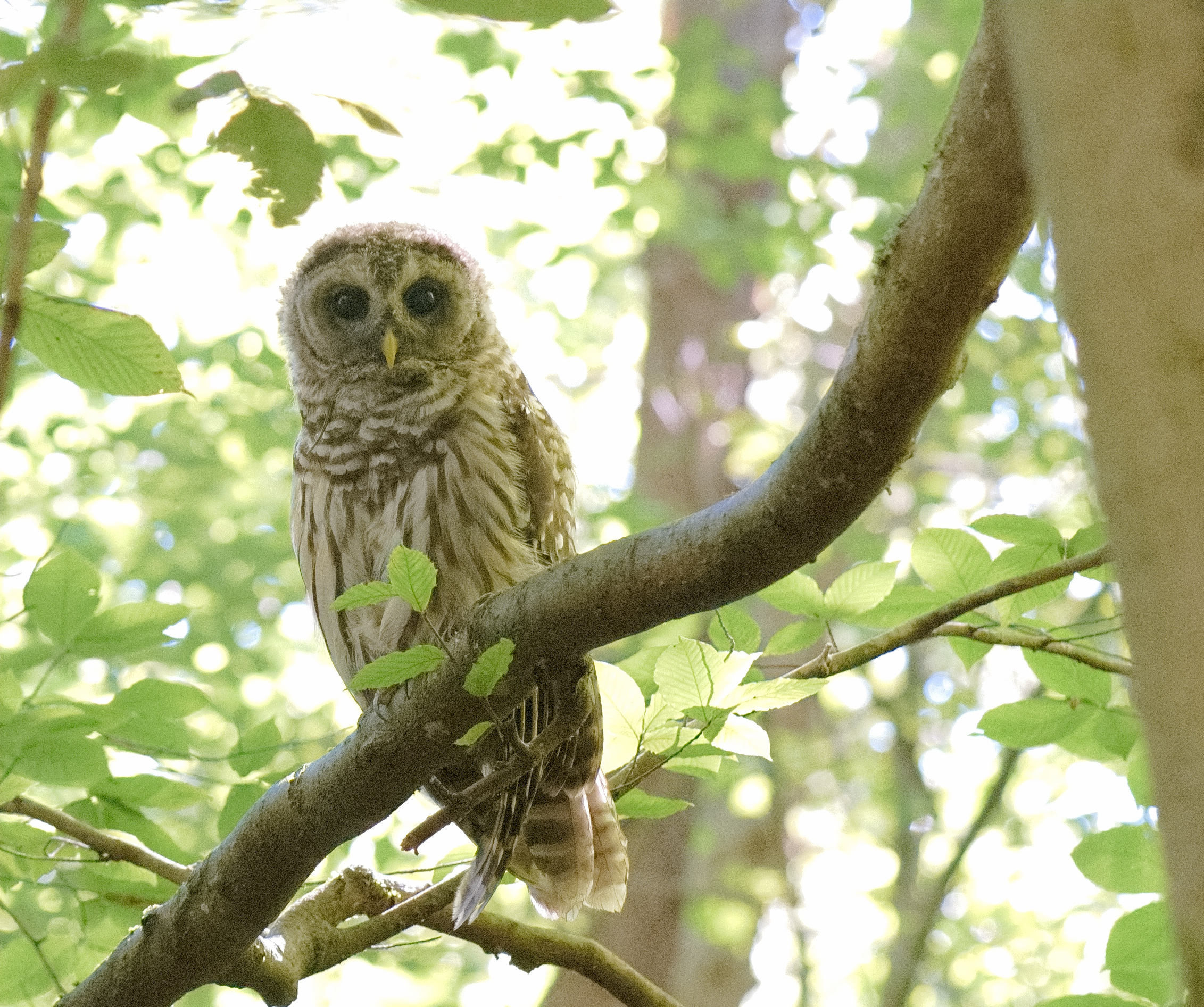Red Trail

Bob Gore
Follow the Red Trail along the reservoir and up to the intersection with four trails. Follow the Red Trail up to your left. You will come to an "old field" along the left side.
Old Field Habitat
An old field is not simply lawn left unmowed. It is a community of grasses, wildflowers and legumes. The rich diversity of flowers, seeds and insects found in this grassy habitat attracts a variety of birds, reptiles, and small mammals.
Wildflowers bring in the pollinators and add a splash of color to the landscape. The nectar of wildflowers is an important food source for honeybees, butterflies and hummingbirds that rapidly burn carbohydrates during flight. These nectar feeders, in turn, ensure plant reproduction through the transfer of pollen.
Wildlife abounds in an old field in a classic food chain. Open sun fuels the growth of the producers, plants that use the energy of the sun to generate sugars and release oxygen. Consumers, such as insects, will eat the producers and become food themselves for many other animals, like sparrows, birds that feed and nest in the field. Small herbivorous mammals such as rabbits, voles, and field mice will share the grasses and herbaceous plants with insects and become prey to carnivorous mammals and birds. These in turn attract primary and secondary predators such as the black rat snake or the hognose snake (photo). Top carnivores, like the owls and hawks as well as fox and coyote will lay in wait for the snakes, rabbits, and rodents - animals lower on the food chain. Thus is the old field a haven for biodiversity.